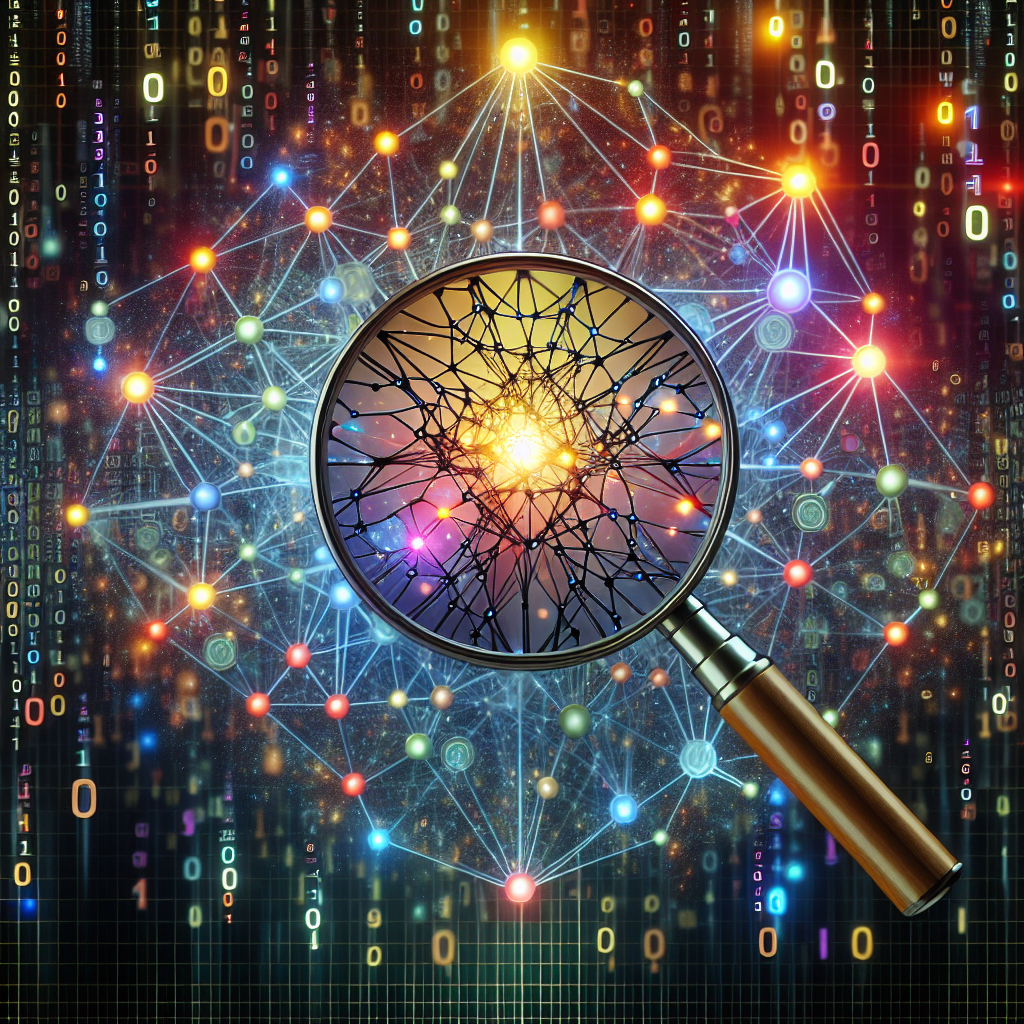Fix today. Protect forever.
Secure your devices with the #1 malware removal and protection software
Graph Neural Networks (GNNs) are a powerful and versatile type of neural network that have gained popularity in recent years for their ability to model complex relationships and structures in data. In this article, we will demystify GNNs by explaining how they work and why they are important in the field of machine learning.
At its core, a GNN is a type of neural network that operates on graph-structured data. A graph is a mathematical structure that consists of nodes (or vertices) connected by edges (or links). GNNs are designed to learn representations of nodes and edges in a graph, allowing them to capture the relationships between different entities in the data.
The key idea behind GNNs is message passing. In a GNN, each node in the graph sends and receives messages to and from its neighboring nodes. These messages contain information about the node’s features and the features of its neighbors. By aggregating these messages, each node can update its own representation based on the information it receives from its neighbors.
One of the main advantages of GNNs is their ability to capture both local and global information in a graph. By iteratively passing messages between nodes, GNNs can learn representations that incorporate information from nearby nodes as well as distant nodes in the graph. This allows GNNs to model complex relationships and dependencies in the data, making them particularly well-suited for tasks such as node classification, link prediction, and graph classification.
Another key feature of GNNs is their ability to handle different types of graphs, including directed, undirected, and weighted graphs. GNNs can also be applied to graphs with varying sizes and structures, making them highly flexible and adaptable to a wide range of applications.
So why do GNNs matter? The ability of GNNs to model complex relationships in data makes them invaluable for a wide range of tasks in machine learning and artificial intelligence. For example, GNNs have been successfully applied to tasks such as drug discovery, social network analysis, recommendation systems, and natural language processing.
In conclusion, GNNs are a powerful tool for modeling graph-structured data and capturing complex relationships in the data. By leveraging the principles of message passing and graph convolution, GNNs are able to learn representations that incorporate both local and global information in a graph. With their versatility and ability to handle diverse types of graphs, GNNs are poised to play a key role in the future of machine learning and artificial intelligence.
Fix today. Protect forever.
Secure your devices with the #1 malware removal and protection software
#Demystifying #GNN #Graph #Neural #Networks #Work #Matter,gnn

Leave a Reply
You must be logged in to post a comment.